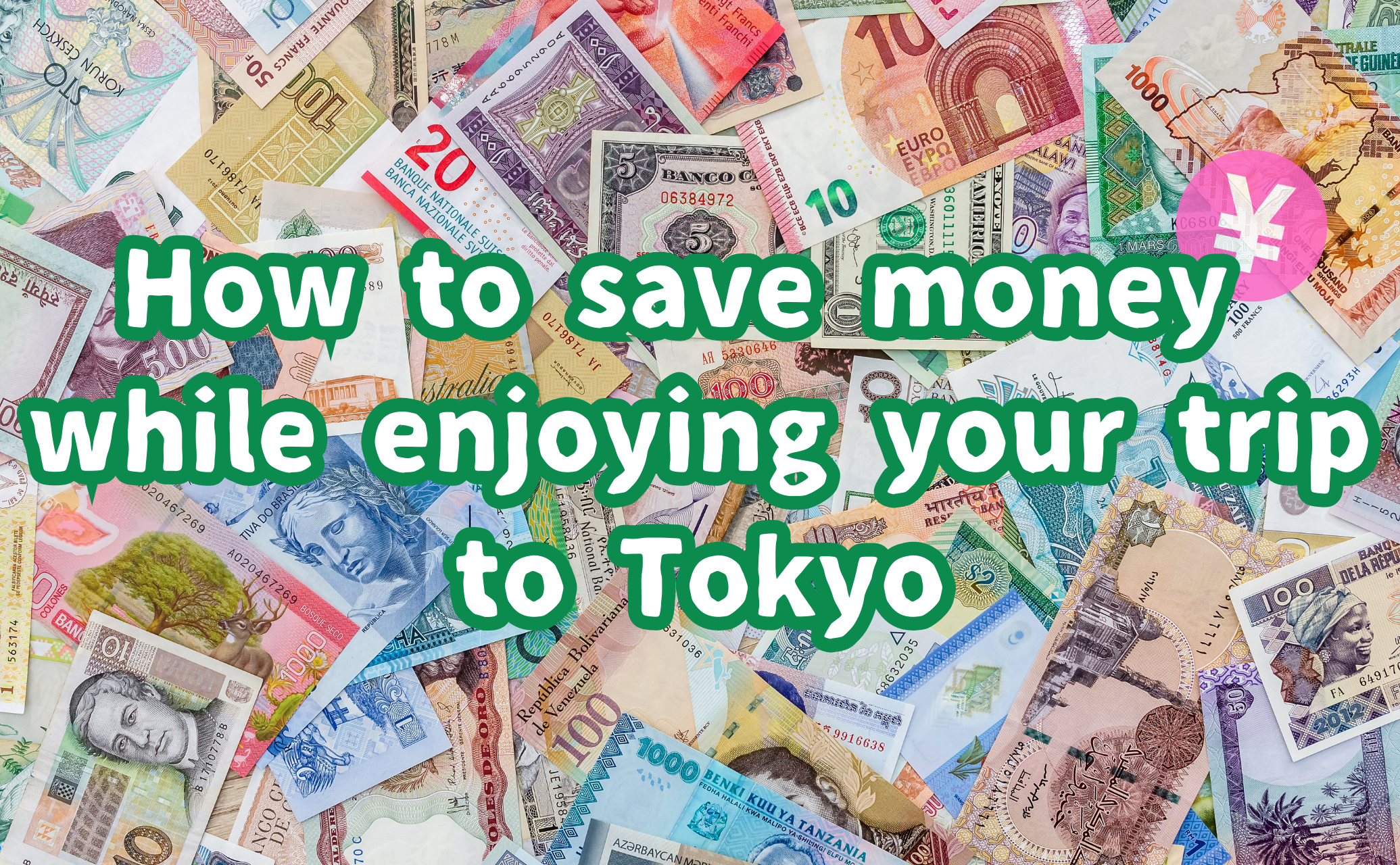Tokyo has long been known as one of the most expensive cities in the world. But is that really true?
As someone who lives here, I actually find Tokyo more affordable than cities like New York, London, or Singapore.
Of course, it’s always nice to save a little more — and the good news is, you can enjoy Tokyo without breaking the bank. Here are some smart and very Japanese ways to save money while still having a great time!
🏨 How to Save on Accommodation
Everyone has different needs when it comes to lodging — some just need a place to sleep, while others prefer more comfort.
Here are some options that are kind to your wallet.
1. Business Hotels
💴 Average price: 12,000–20,000 yen per night (from 10,000 yen for budget options)
Even inexpensive business hotels in Tokyo have private bathrooms. Rooms are compact but clean and practical.
If you’re traveling as a couple or close friends, share a semi-double bed room to save a bit more — though be ready for a smaller space!
2. Capsule Hotels
💴 Average price: 7,000–10,000 yen
Japan’s famous capsule hotels are worth trying at least once!
You’ll sleep inside a small pod just big enough for one person. Bathrooms and showers are shared, and earplugs are useful since you might hear snoring nearby.
Many capsule hotels also offer women-only floors for safety and comfort.
3. Internet Cafes / Manga Cafes
💴 Average price: 3,000–5,000 yen
Called “Net café (Nekafe)” or “Manga café (Mankitsu)”, these places offer private booths with reclining chairs, free drinks, manga, and internet access.
Some even have showers (sometimes for a small extra fee).
Privacy is limited — conversations are discouraged — but for a single night, it’s a very budget-friendly option.
4. Karaoke Rooms
💴 Average price: 3,000–4,000 yen (prices rise on weekends)
In Japan, karaoke rooms are private spaces where you can sing all night with friends.
Many are open 24 hours, so some travelers use them to spend the night cheaply.
However, there are no showers or beds, and the next room might be singing until morning — so it’s better for fun than for real sleep!
🚃 How to Save Money on Transportation
Transportation in Tokyo can add up, but with a few tricks, you can keep it low.
1. Use Suica or PASMO Cards
Instead of buying paper tickets every time, use a rechargeable IC card like Suica or PASMO.
They’re slightly cheaper per ride and much more convenient.
💡 Tip:
The WELCOME SUICA MOBILE APP is perfect for visitors — no deposit needed, and no return required.
👉 Official info here
2. Get a One-Day Pass
・JR Tokyo Metropolitan Area Pass
Unlimited rides on JR lines in the Tokyo area for one day.
If you ride the train four to six times in a day, this pass will likely save you money.
It’s valid for one calendar day, so start early in the morning.
・Tokyo Metro 24-hour Pass
Unlimited rides on Tokyo Metro lines for 24 hours from first use.
If used wisely, you can make it stretch across two days!
3. Walk Whenever You Can
Tokyo’s train stations are surprisingly close together.
For example, Shibuya to Harajuku is just a 15-minute walk (or 2 minutes by train).
Walking not only saves money but also lets you discover hidden cafés, shops, and shrines along the way.
🍱 How to Save Money on Food
Good news — food is one of the easiest areas to save money in Tokyo!
There are many delicious and affordable options where you can eat for around 1,000 yen or less.
1. Gyudon Chains
Try Japan’s beloved beef bowl (gyudon) — rice topped with simmered beef and onions.
The three major chains are Yoshinoya, Matsuya, and Sukiya.
Each offers unique flavors and extras like curry, grilled fish, or miso soup.
2. Udon Chains
Udon noodles are another fast and cheap meal.
At Marugame Seimen and Hanamaru Udon, order at the counter and add tempura or onigiri as you like.
You can enjoy warm udon in broth, cold noodles with dipping sauce, or simple soy-sauce udon — all filling and affordable.
3. Standing Soba Shops
Found inside or near train stations, these tiny shops serve hot soba in minutes.
You’ll order from a ticket machine, hand your ticket to the cook, and eat standing at the counter — just like the locals.
It’s a fun, authentic, and very cheap Tokyo experience.
🎌 Final Tip: Have Fun and Save Like a Local!
Tokyo doesn’t have to drain your wallet.
With smart choices — like capsule hotels, one-day passes, and local fast-food chains — you can experience Tokyo fully while spending less.
Saving money in Tokyo isn’t just about being thrifty — it’s about enjoying the city the Japanese way.

